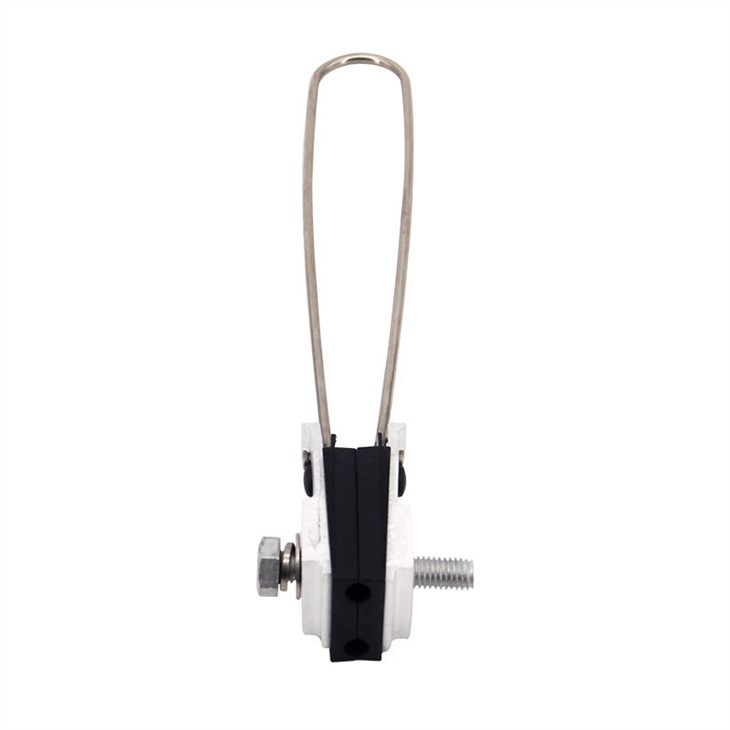Key features and functions of multi-core tension clamps
2024-02-03
A multi-core tension clamp is an electrical hardware component used to secure and support multiple electrical conductors or cables in an overhead distribution or transmission system. These tension clamps are designed to withstand mechanical stress, keep conductors in place, and provide reliable electrical connections. Here are some key features and functions of multi-core tension clamps:
1. Application: Multi-core tension clamps are commonly used in overhead power distribution and transmission lines. They are utilized to anchor and tension multiple conductors or cables to ensure proper sag and tension in the line.
2. Multi-Core Design: These clamps are designed to accommodate and secure multiple conductors simultaneously. The design may include grooves, slots, or other features that allow for the proper placement and tensioning of each conductor.
3. Material: Tension clamps are typically constructed from materials with high mechanical strength and corrosion resistance. Common materials include aluminum alloy, stainless steel, or other suitable metals. The choice of material depends on factors such as environmental conditions and the specific requirements of the application.
4. Tensioning Mechanism: The tensioning mechanism in multi-core tension clamps is crucial for adjusting and maintaining the proper tension in the conductors. This mechanism often involves bolts, wedges, or other hardware that can be tightened to achieve the desired tension.
5. Insulation: Depending on the design and application, multi-core tension clamps may incorporate insulation features to prevent electrical contact between conductors or with supporting structures. This is essential for safety and preventing short circuits.
6. Corrosion Resistance: Since these clamps are often exposed to outdoor conditions, they are designed to resist corrosion. Protective coatings or materials with inherent corrosion resistance may be used to ensure the longevity of the clamp in harsh environments.
7. Installation: Multi-core tension clamps are engineered for ease of installation. They may include features such as pre-formed grooves or markings to guide installers in proper conductor placement and tensioning.
8. Load Capacity: The load capacity of the clamp is a critical consideration. It should be selected based on the specific requirements of the application, taking into account factors such as the weight of the conductors, wind loads, and other environmental conditions.
9. Compliance with Standards: Tension clamps should comply with industry standards and specifications to ensure they meet safety and performance requirements. Adherence to these standards is crucial for reliable and safe operation.
When installing multi-core tension clamps, it is important to follow the manufacturer's guidelines and industry best practices to ensure proper tensioning and secure attachment of conductors. Additionally, consulting with electrical professionals can help ensure the correct selection and installation of these components in a given application.



